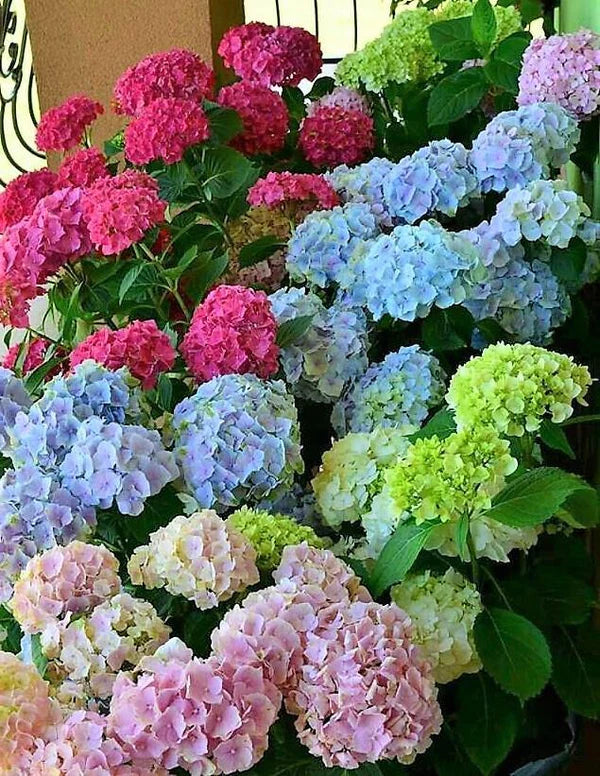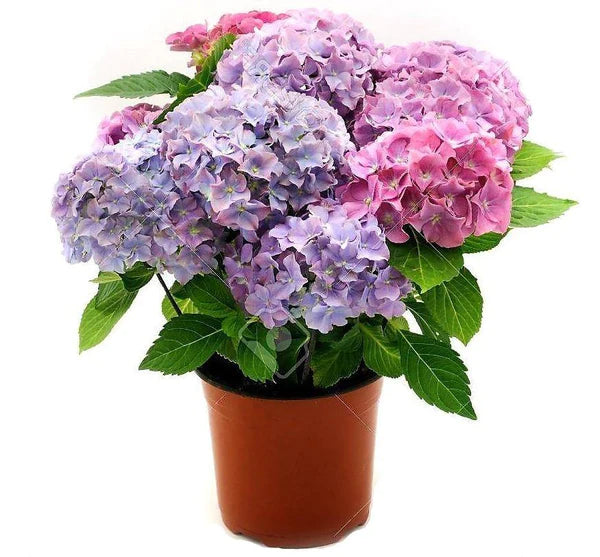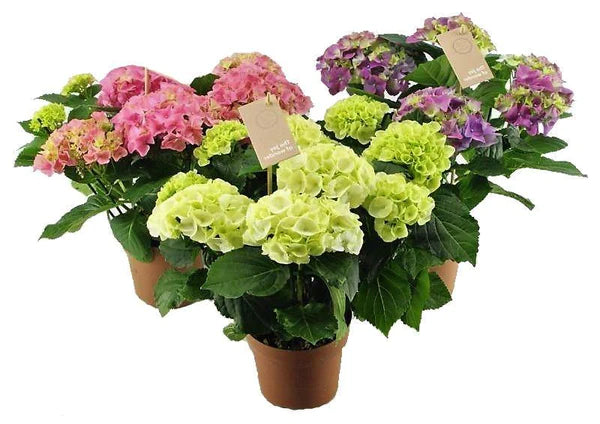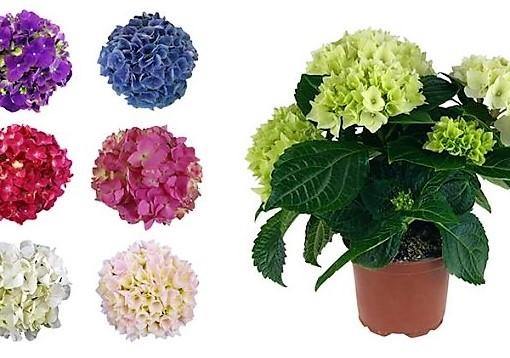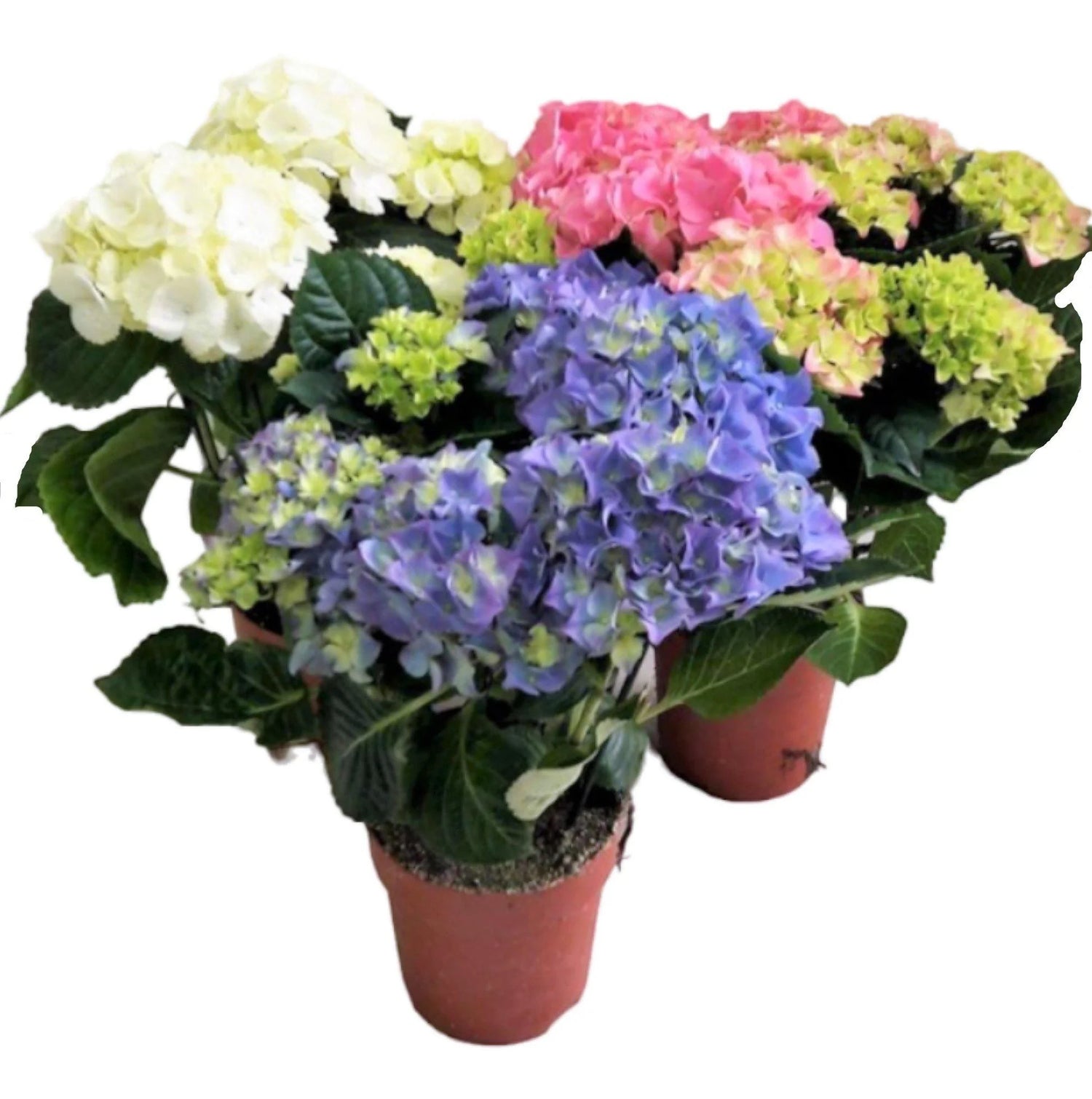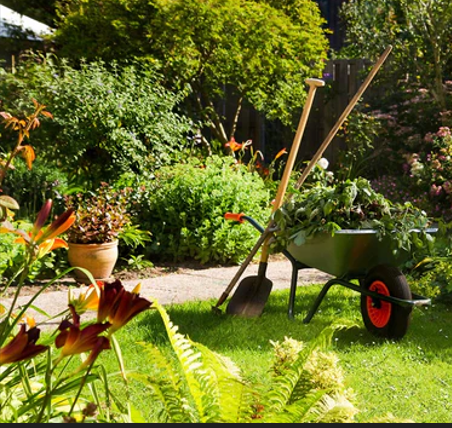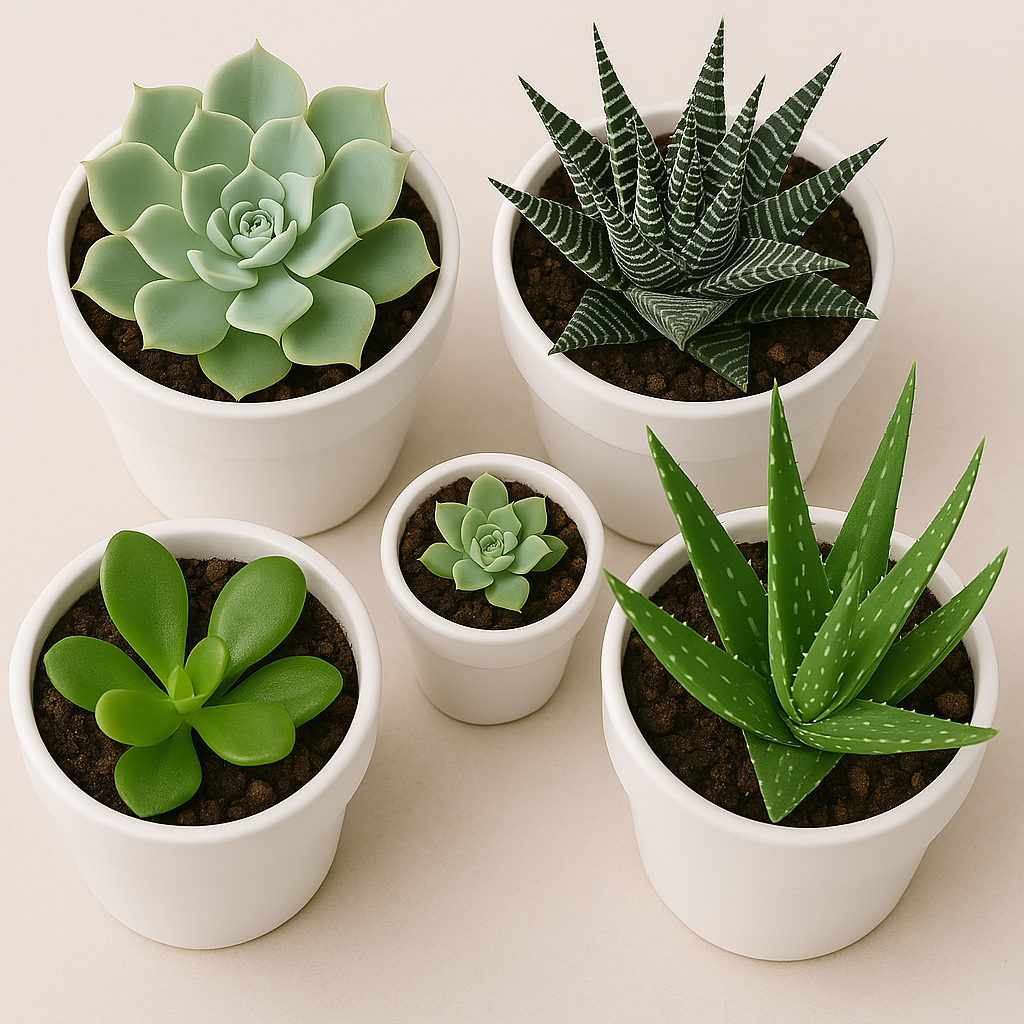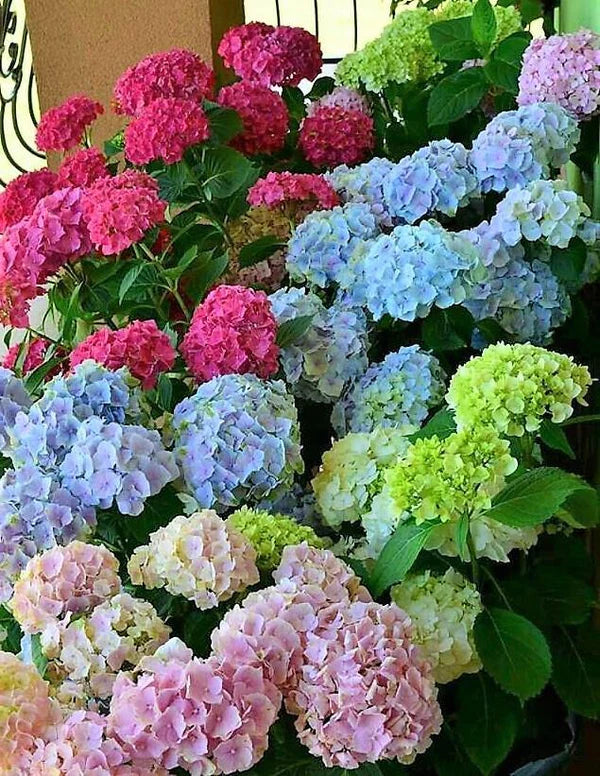
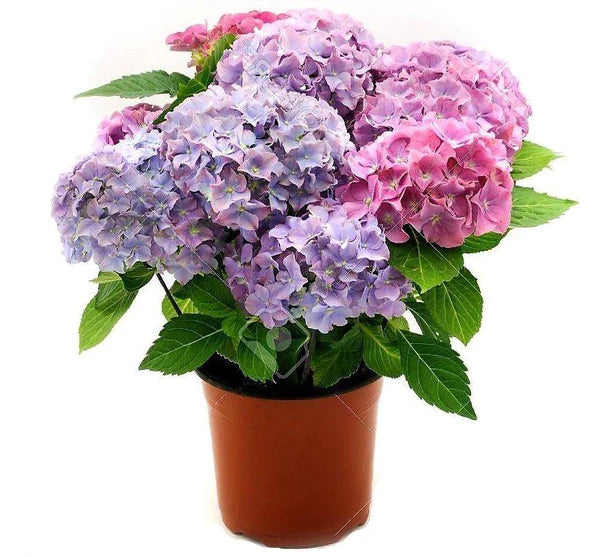
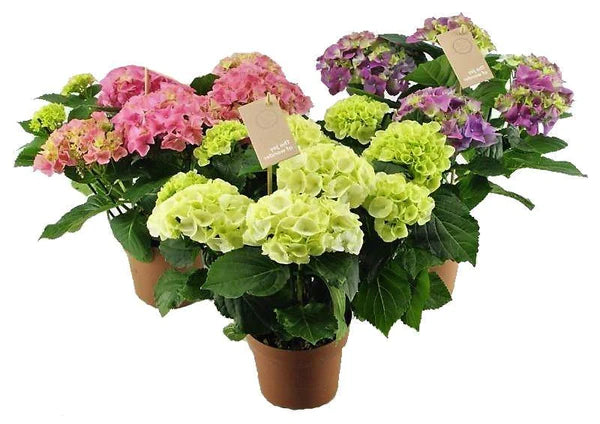
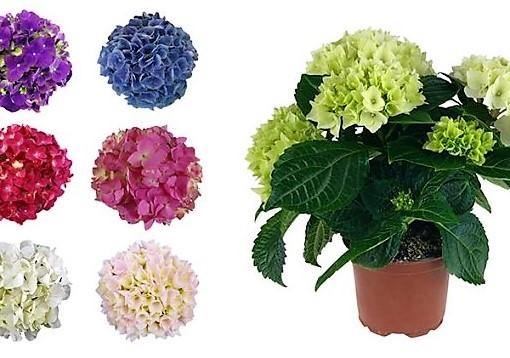
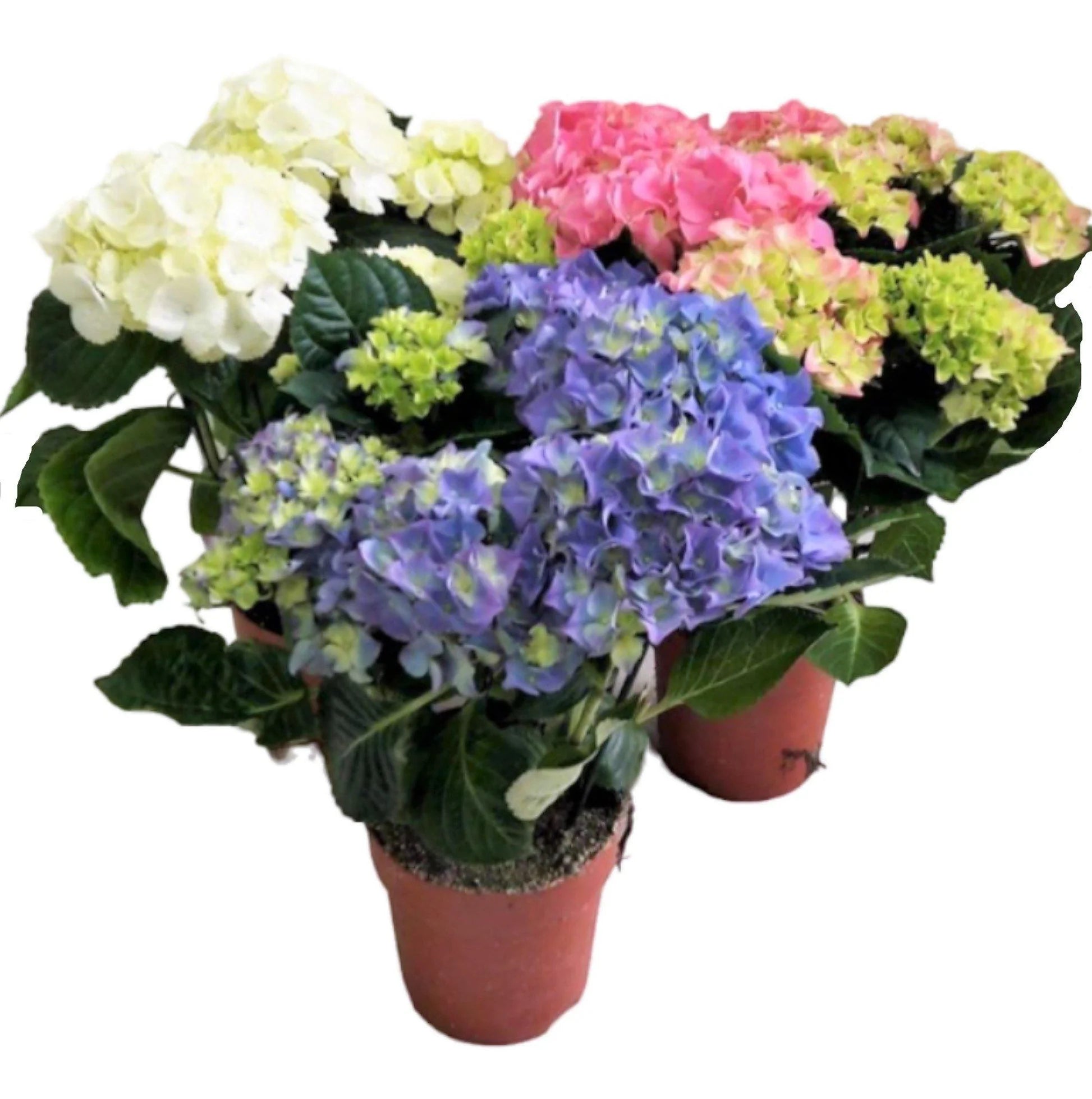
Interesting Facts
FAQs
What areas do you deliver to?
We deliver across Dubai and UAE. please contact our support team at support@royalplantscape.com.
How long does delivery take?
Delivery usually takes 1 to 3 business days within Dubai UAE. Custom orders or large landscaping items If take longer — we’ll inform you in advance.
Are your plants guaranteed to arrive healthy?
Yes, we take great care in packaging and transporting live plants. If your plant arrives damaged, dead, or not as described, please contact us within 2 calendar days of delivery with clear photos.
Do you offer custom landscaping or bulk plant orders?
Yes, we provide custom landscaping solutions and bulk orders for villas, offices, and events. Please email us or call for a consultation.
Testimonials





WilsonExcellent attention to details and care
MaktoomOutstanding landscaping and gardening design.
RashidImpressive garden cleanup and maintenance.
KhalifaAffordable pricing for quality work
Do NiesReliable and efficient gardening team.


